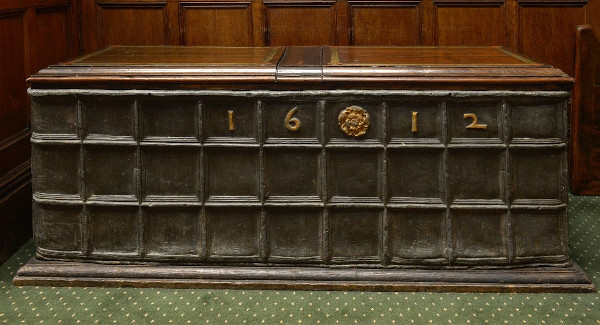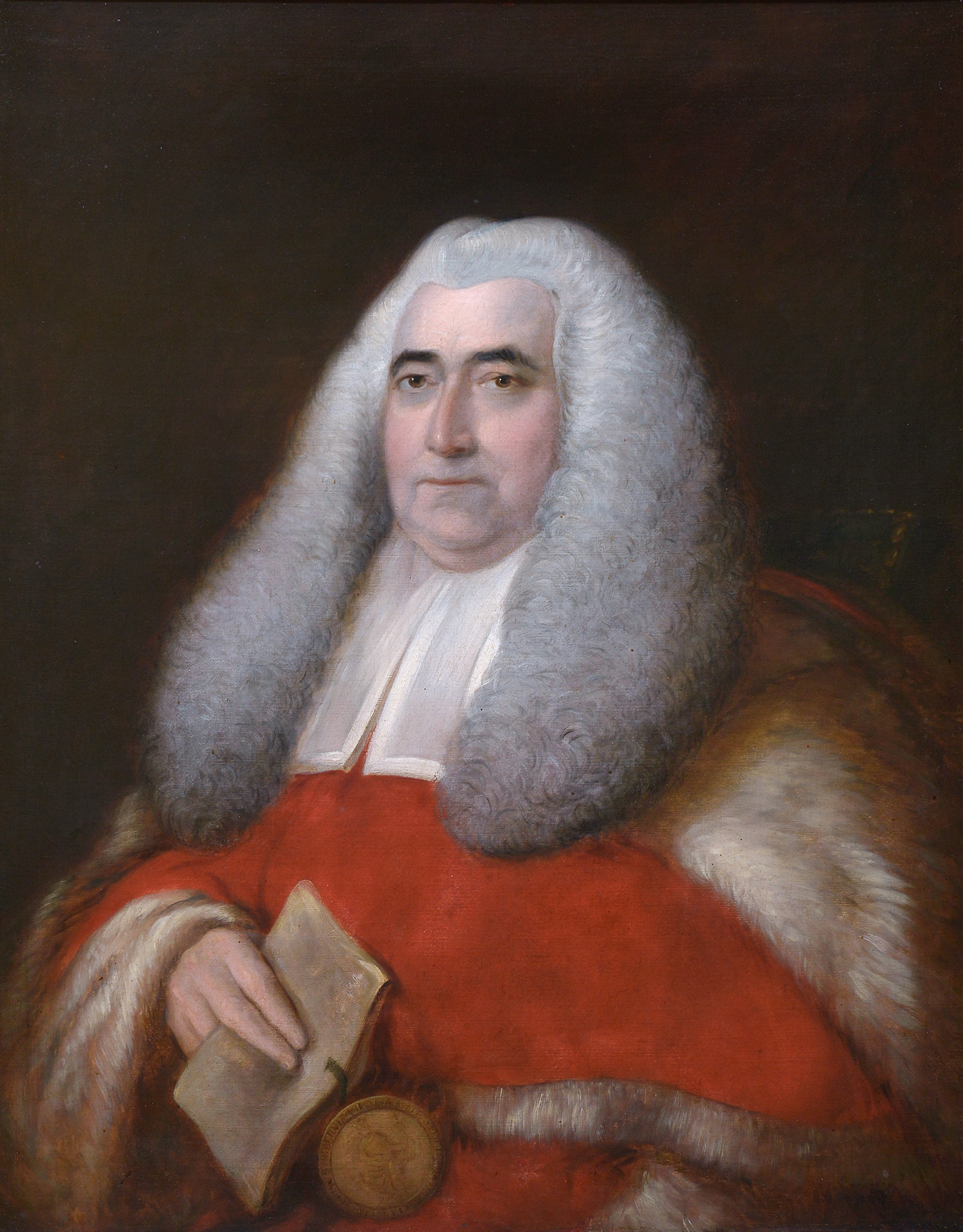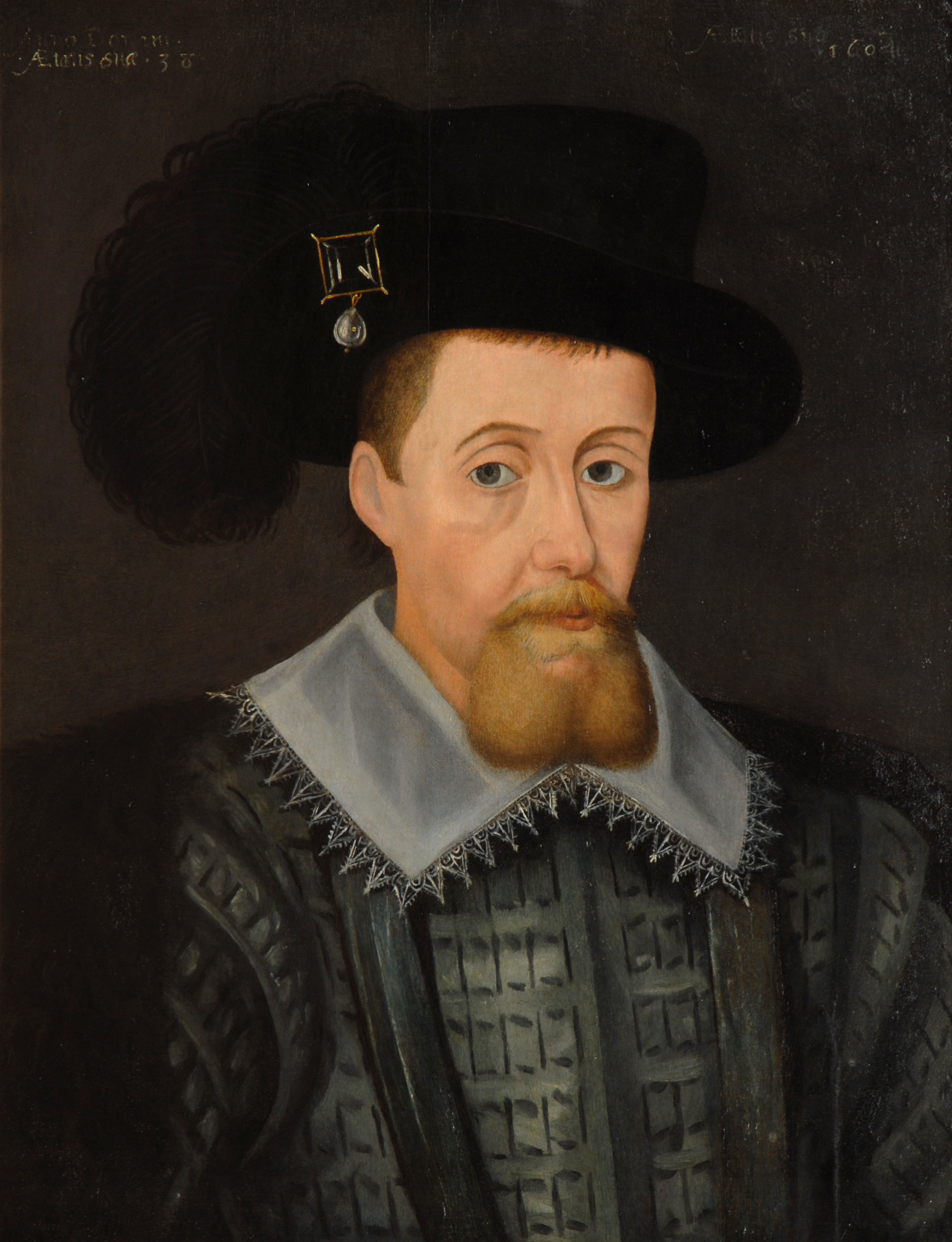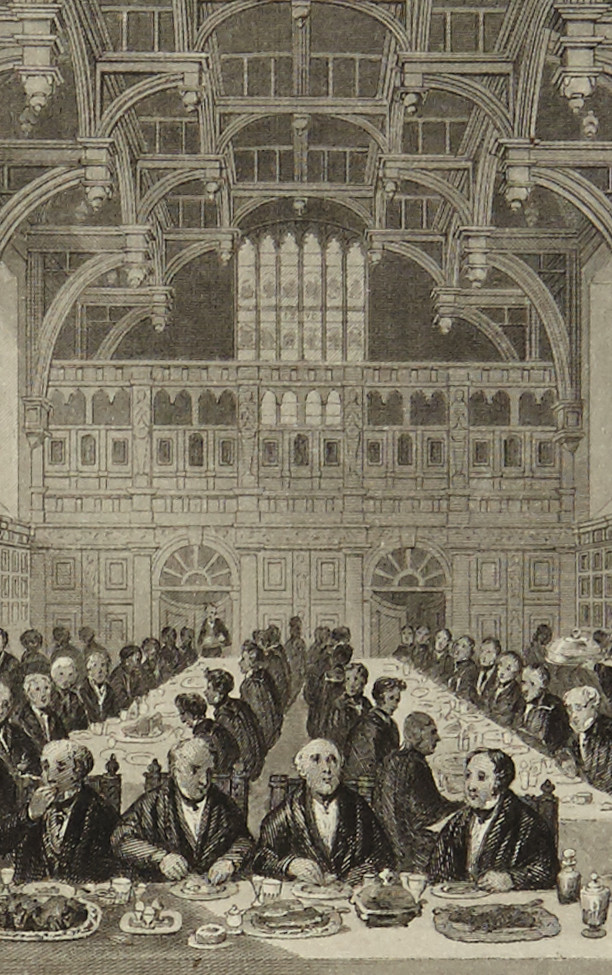Uncovering dramatic first-hand accounts of air raids at the Middle Temple and the bravery of the individuals involved in its defence.
Search
Emergency Assistance Fund
The Middle Temple is aware that many of its members will be in financial difficulties as a result of the current public health crisis and will do what it can to help alleviate hardship. In these exceptional circumstances, the Inn has created The Emergency Assistance Fund, which is larger than the usual pupil support and hardship fund and available to a larger category of applicants.
 The Honourable Society of the Middle Temple is an institution, community and physical environment with a rich, complex and fascinating history. From the arrival of the Knights Templar to the Inn's present position at the heart of an international network of its members, the Middle Temple has long been at the heart of countless intersecting spheres of history and culture.
The Honourable Society of the Middle Temple is an institution, community and physical environment with a rich, complex and fascinating history. From the arrival of the Knights Templar to the Inn's present position at the heart of an international network of its members, the Middle Temple has long been at the heart of countless intersecting spheres of history and culture.
Before the emergence of the two societies of the Temple, these lands were occupied by the Knights Templar, an order of religious knights that had been founded in Jerusalem in 1119-20 in order to defend the routes of pilgrimage to that holy city. Receiving official papal recognition in 1139, they quickly spread across Europe and the Holy Land, accumulating power, authority, responsibility and land.
After the order of Knights Templar was dissolved, the Temple lands were officially transferred by the Pope to the Knights Hospitaller, another religious military order, although for the coming decades the Crown tended to treat the Temple as its own land, installing favourites such as Hugh Despenser the Younger.
Exploring the relationship between Queen Elizabeth, The Queen Mother and the Middle Temple. The Queen Mother was both the first woman and the first crowned king or queen to be Called to the Bench at the Inn. She frequently attended events for fifty-seven years from the time of her Call in 1944 to her death in 2002.
 The Middle Temple's surviving records begin at the dawn of the 1500s, by which point it was already a well-established part of the national life. The Inn's prominence would only increase over the coming century.
The Middle Temple's surviving records begin at the dawn of the 1500s, by which point it was already a well-established part of the national life. The Inn's prominence would only increase over the coming century.
 By the middle of the eighteenth century, the Middle Temple had, to some extent, lost its way. Readings, once the centrepiece of legal education, had long since disappeared from the curriculum, and the Inn was no longer at the centre of legal, social or political life in the way it had been.
By the middle of the eighteenth century, the Middle Temple had, to some extent, lost its way. Readings, once the centrepiece of legal education, had long since disappeared from the curriculum, and the Inn was no longer at the centre of legal, social or political life in the way it had been.
 When Queen Elizabeth I died in 1603, she was succeeded by her cousin James, King of Scotland, and (excepting the period of the Commonwealth) he and his successors in the house of Stuart would rule England, Scotland and finally the unified Great Britain until 1714. It was under James, in 1608, that the land finally officially entered the Middle and Inner Temples’ hands, when they were conveyed to the two Inns to be held in trust.
When Queen Elizabeth I died in 1603, she was succeeded by her cousin James, King of Scotland, and (excepting the period of the Commonwealth) he and his successors in the house of Stuart would rule England, Scotland and finally the unified Great Britain until 1714. It was under James, in 1608, that the land finally officially entered the Middle and Inner Temples’ hands, when they were conveyed to the two Inns to be held in trust.
 The dawn of the 19th century saw little change at the Middle Temple from the previous decades, despite the turmoil in the world outside. The Benchers seemed concerned with passing orders on the cleanliness of forks and smoking tobacco in Hall, and life went on in a rhythm of restful disorder.
The dawn of the 19th century saw little change at the Middle Temple from the previous decades, despite the turmoil in the world outside. The Benchers seemed concerned with passing orders on the cleanliness of forks and smoking tobacco in Hall, and life went on in a rhythm of restful disorder.

